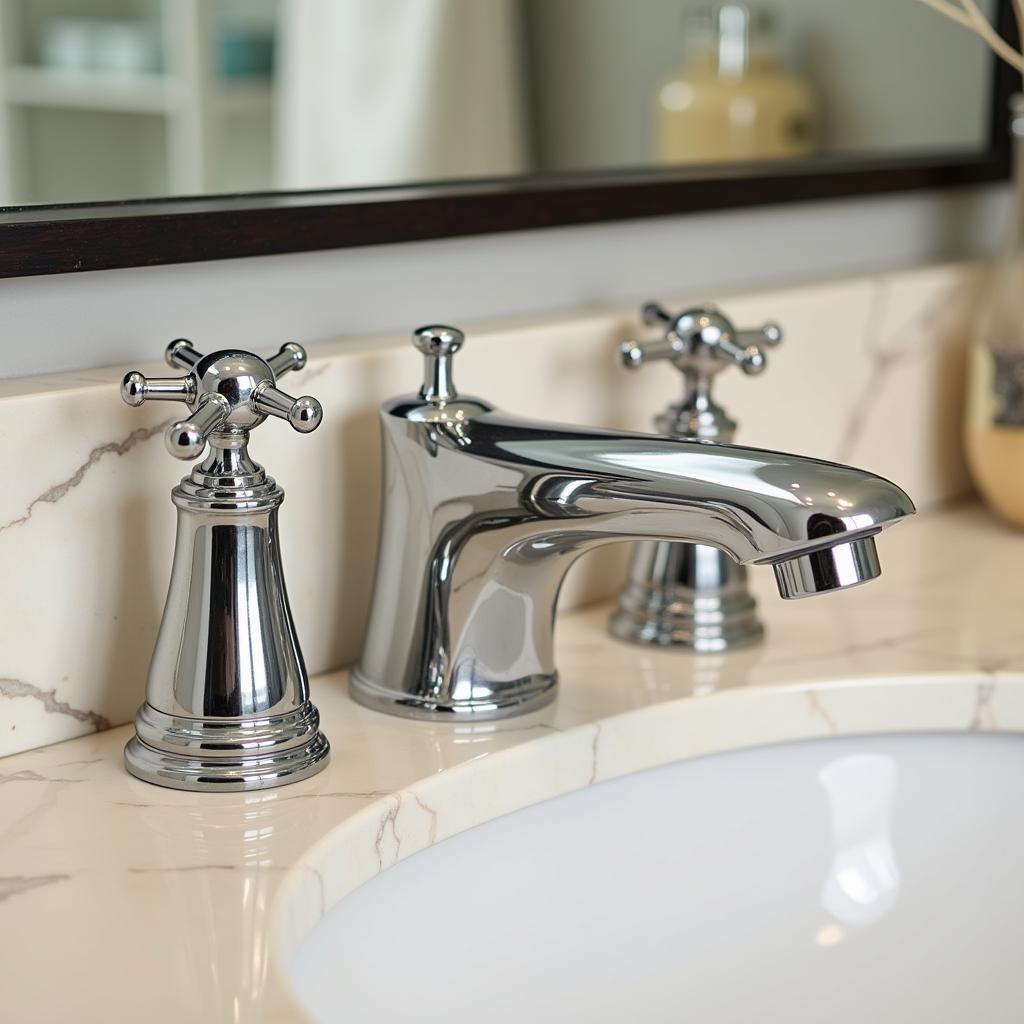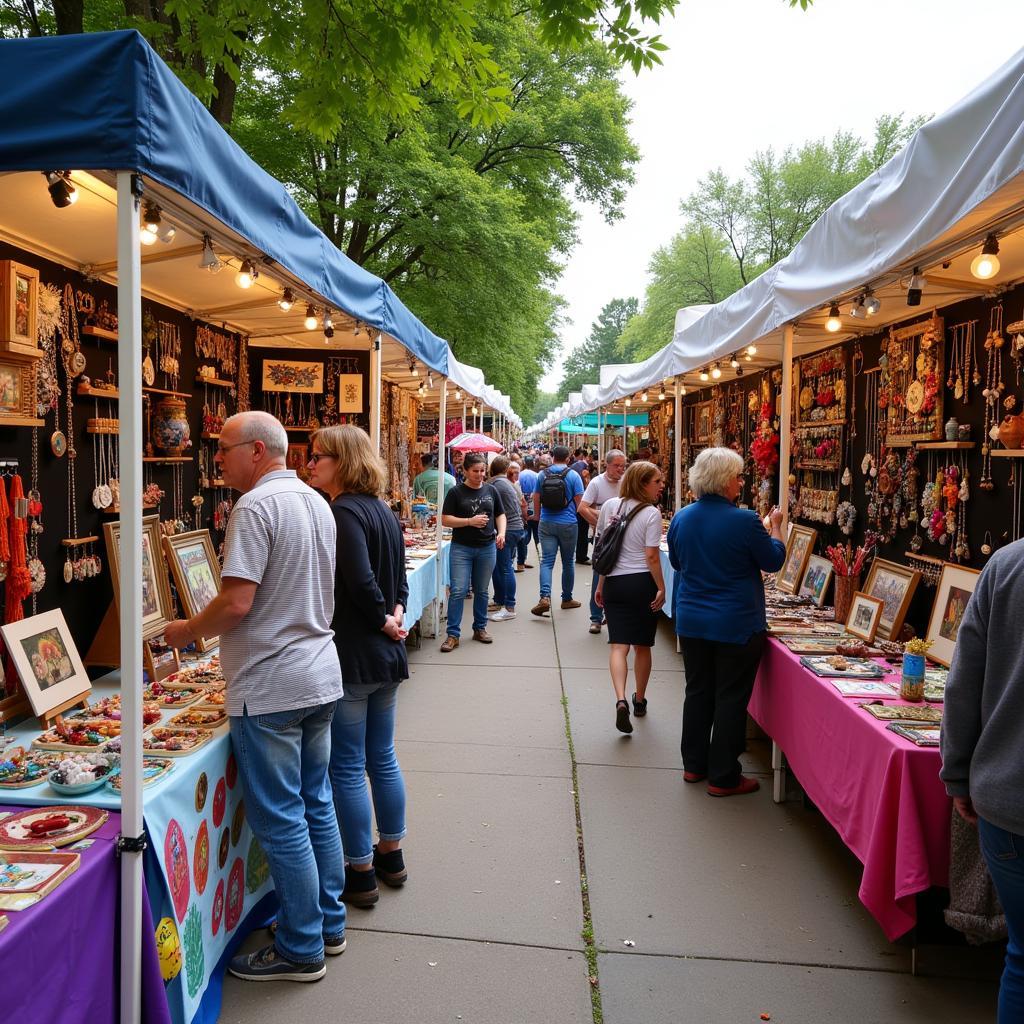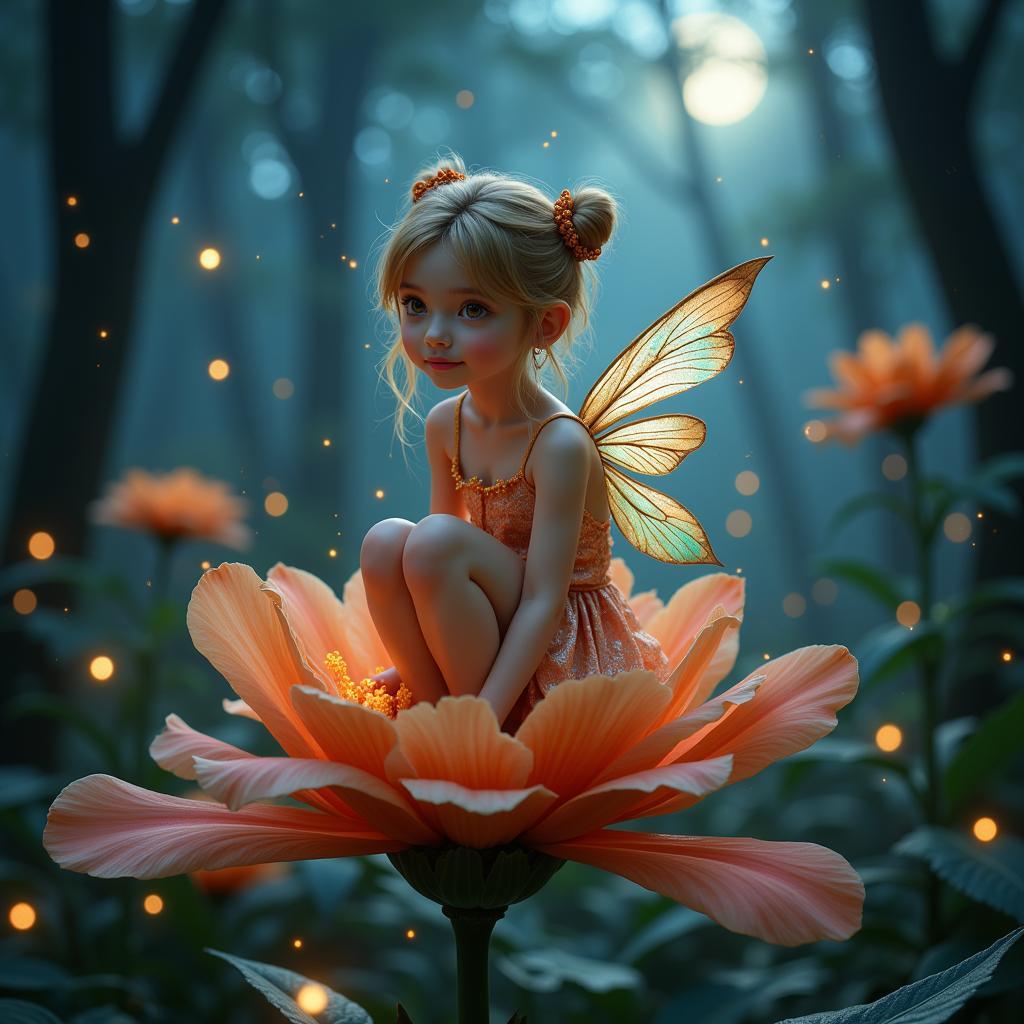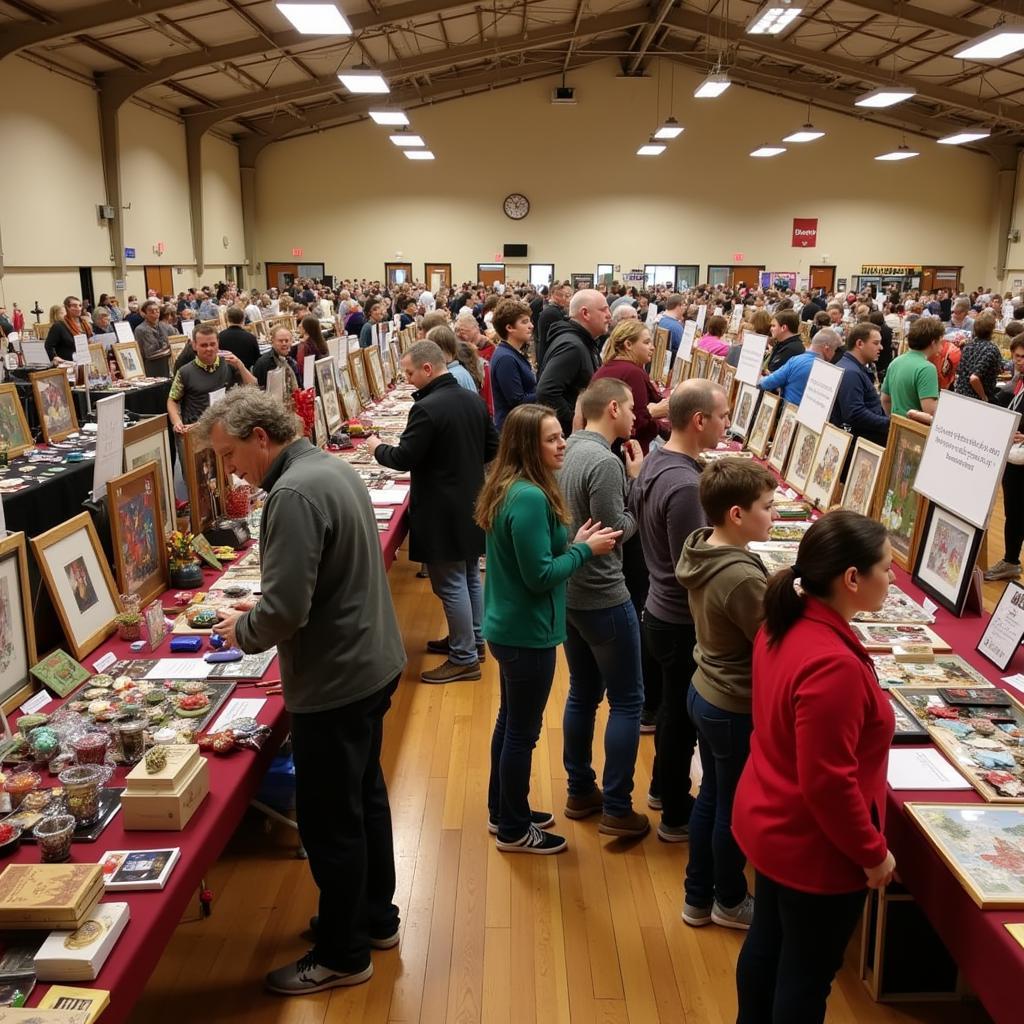Types of Paints for Art: A Colorful Exploration
Navigating the world of art supplies can be daunting, especially when faced with a dazzling array of paint options. Whether you’re a seasoned artist or just starting your creative journey, understanding the different Types Of Paints For Art is crucial for achieving the desired effects in your masterpieces. This guide delves into the vibrant world of paint, exploring their unique characteristics and applications.
Watercolor: Embracing Fluidity and Transparency
Watercolor, known for its delicate transparency and ethereal quality, is a versatile medium that has captivated artists for centuries. This type of paint consists of pigments suspended in a water-soluble binder, traditionally gum arabic. Watercolor’s beauty lies in its unpredictability, as the pigments blend and bloom on paper, creating stunning gradients and washes.
Mastering Watercolor Techniques
From loose washes to detailed layering, watercolor offers endless possibilities for artistic expression. Mastering techniques like wet-on-wet and wet-on-dry allows artists to control the flow and diffusion of colors, achieving captivating effects. Remember, practice is key to taming this fluid medium and unlocking its full potential.
Acrylic Paint: Versatility and Vibrant Hues
Acrylic paint, a modern addition to the art world, has quickly gained popularity for its versatility and vibrant color palette. This water-based paint dries quickly, forming a durable, water-resistant film on various surfaces. Acrylics can be layered, glazed, and even used for impasto techniques, making them suitable for diverse artistic styles.
Exploring Acrylic Paint Applications
The quick-drying nature of acrylics allows artists to work swiftly, experimenting with different techniques and textures. Acrylics adhere well to canvas, paper, wood, and even fabric, making them ideal for mixed media projects and experimental art.
Oil Paint: Rich History and Luminous Depth
Oil paint, a classic medium steeped in history, has been the choice of master artists for centuries. The rich, buttery texture of oil paints allows for smooth blending, subtle gradations, and luminous depth. Oil paints dry slowly, providing ample time for artists to rework and refine their brushstrokes.
Understanding Oil Painting Techniques
Oil painting techniques like glazing, scumbling, and impasto allow artists to create stunning effects and textures. Glazing involves applying thin, translucent layers of paint to build up depth and luminosity. Scumbling involves dragging a dry brush with a small amount of paint over a dry layer, creating a textured effect. Impasto, on the other hand, utilizes thick layers of paint applied with a brush or palette knife, adding texture and dimension.
Gouache: Opaque Beauty and Versatile Applications
Gouache, a type of opaque watercolor, offers vibrant color and a matte finish. Like watercolor, gouache is water-soluble but can be rewetted and reworked. Its opaque nature allows artists to layer colors effectively, creating bold compositions and intricate details.
Exploring Gouache Techniques
Gouache is a versatile medium suitable for various techniques, including layering, blending, and masking. Its opaque quality makes it ideal for illustrations, design work, and mixed media art. Artists appreciate gouache for its ability to create both bold and subtle effects, depending on the water-to-paint ratio used.
Ink: From Traditional to Contemporary
Ink, a timeless medium, has been used for writing and artistic expression for millennia. Today, artists utilize a variety of inks, from traditional India ink to vibrant alcohol inks, each with its own unique characteristics.
Exploring Ink Techniques
Ink offers endless creative possibilities. From delicate line work to expressive washes, artists can achieve a wide range of effects. Ink drawings can stand alone as captivating pieces or be incorporated into mixed media artwork, adding depth and intrigue.
Choosing the Right Paints for Your Artistic Journey
Selecting the right types of paint depends on your individual style, desired effects, and the surfaces you prefer to work on. Experimenting with different paints and techniques is key to discovering what resonates with you. Remember, there are no right or wrong answers – embrace the journey and let your creativity flourish!
FAQs about Types of Paints for Art
Q: What are the best paints for beginners?
A: Acrylic paints are an excellent choice for beginners due to their versatility, quick drying time, and affordability.
Q: What is the difference between watercolor and gouache?
A: While both are water-based, watercolor is transparent, while gouache is opaque.
Q: What surfaces can I use acrylic paint on?
A: Acrylic paint adheres well to various surfaces, including canvas, paper, wood, and fabric.
Q: What are the essential supplies for oil painting?
A: Essential oil painting supplies include oil paints, brushes, a palette, palette knife, linseed oil, and turpentine.
Q: Can I mix different types of paints?
A: While some paints can be mixed, it’s crucial to research compatibility to avoid unexpected results.
For those seeking to delve deeper into the world of art materials, our website offers a wealth of information on professional art materials and arts and crafts cabinets.
Need help organizing your art supplies?
Check out our articles on art supply bins and art studio supplies for helpful tips and ideas!
Ready to Create Your Masterpiece?
Now that you have a better understanding of the different types of paints for art, it’s time to gather your supplies and embark on your creative adventure! Remember, the most important tool is your imagination.
Should you require further assistance, feel free to contact us. Our team is available 24/7 to assist you.
Phone Number: 02462573573
Email: danteum@gmail.com
Address: Savico Megamall, 7-9 Đ. Nguyễn Văn Linh, Gia Thụy, Long Biên, Hà Nội 10000, Việt Nam.




